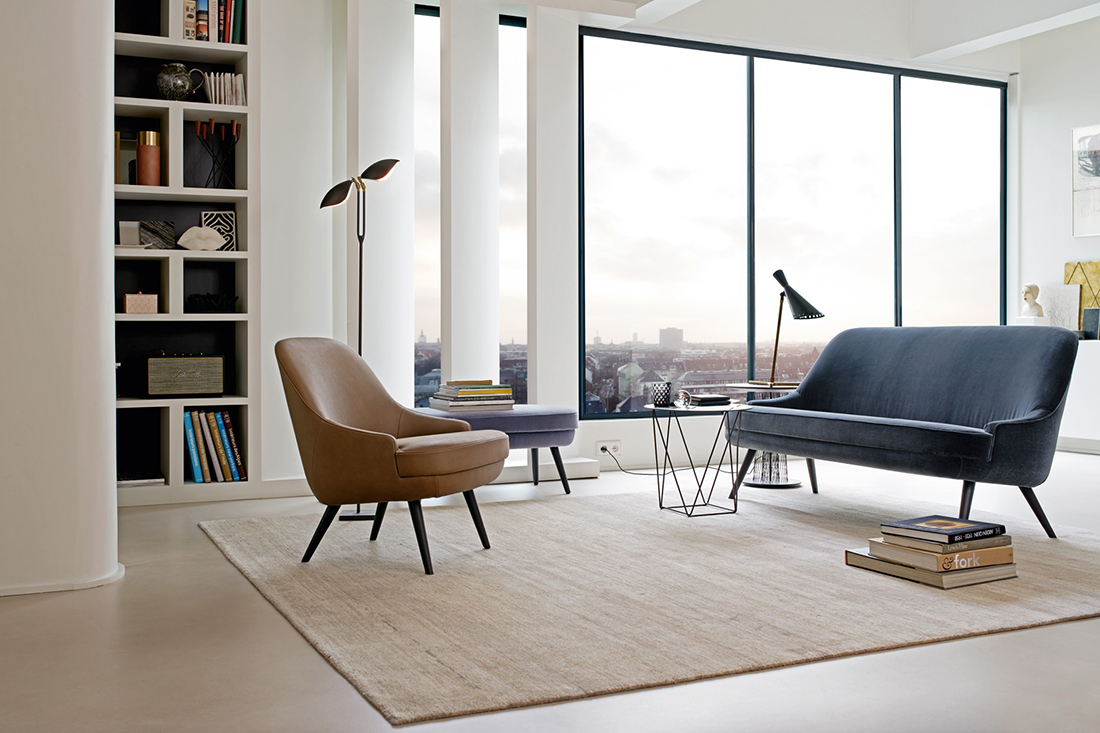

Getting international product is always a challenge. Shrinking local lead times makes the improbable completely impossible, especially if you have a fussy project. So how can we get classic European items into a project in a timely manner? Walter Knoll Australia teaches us how…
With the GDP across China, the Middle East and much of mainland Europe continuing to wane, the Asia Pacific region is blessed with a steadily growing economic climate. Sometimes, it is all too easy to take our general fiscal buoyancy and resilience for granted. But what would it mean for Asia Pacific if market size, competition, and cost became all too much to truly support the global A+D community?
Story continues below advertisement
A worrying rhetoric frequently crosses the lips of the United States and Europe, especially, over the eternal struggle to support global design and architecture outside of the initial parent country. The worry should not be understated. Where, that is, there is the problem of generating external brand presence, forging a rapid and robust distribution network, the real tribulations of international design presence lies in avoiding compromise on the levels of quality, craftsmanship, design and engineering that is so central to any brand history.
Marooned, as we are, in the middle of the Pacific and Indian Oceans, poised equidistant from most major international design houses and suppliers, the task of bringing Europe or America to the Australian market for design is mammoth and fastidious. One company that has taken the scuffles and hurdles of Australian isolation in its stride, emerging triumphant, is the renowned German luxury furniture manufacturer Walter Knoll. Since the inter-war period, Walter Knoll has been synonymous for furniture that is modern, ageless, and distinctly European in its vitality. But how has this powerhouse not only maintained but actively expanded its brand presence so far away from home and seemingly against all odds?
Story continues below advertisement
At the heart of Walter Knoll’s success in Australia is the speed of their innovation cycle – the time period between product concept and delivery. What is otherwise known in the industry as ‘specification’, this integrated approach to design and supply rests on communication and accountability through the design/production lifecycle, and brings together designers, planners, logistics and production managers into the same dialogue as global trading partners and, finally, the consumer. For this German brand, getting customised European product on the spec is contingent almost entirely on lead-time reduction.
Story continues below advertisement
After all, appreciating consumer trends and then delivering to that demand with speed across all facets of design, manufacture, logistics and dispatch enables both brands and suppliers to present demand-tailored products that improve turnaround time. As a result, Walter Knoll launched their Australian outpost – Walter Knoll Australia – back in 2007 in what was, then, a decidedly different design marketplace and, admittedly, quite a shaky global economic climate. This Adelaide-based subsidiary is the result of a decade-long partnership between the Australian market and the German brand, where Walter Knoll Australia both manufactures and supplies specialised collections for the Asia Pacific A+D community.
In what is truly an inspired feat of lead-time-reduction, Walter Knoll Australia co-ordinates all elements of the supply chain in a management system as elegant as any of its iconic products. Synchronising the manufacturing processes of various partners, rigorous user-performance testing, product development, sourcing capabilities and co-ordinating local trading partners all under one roof, the Walter Knoll Australia subsidiary has achieved time and time again the most elusive reward of all: brilliance and relevance to the Australian market’s eyes.
Walter Knoll
walterknoll.com.au
Words by David Congram.